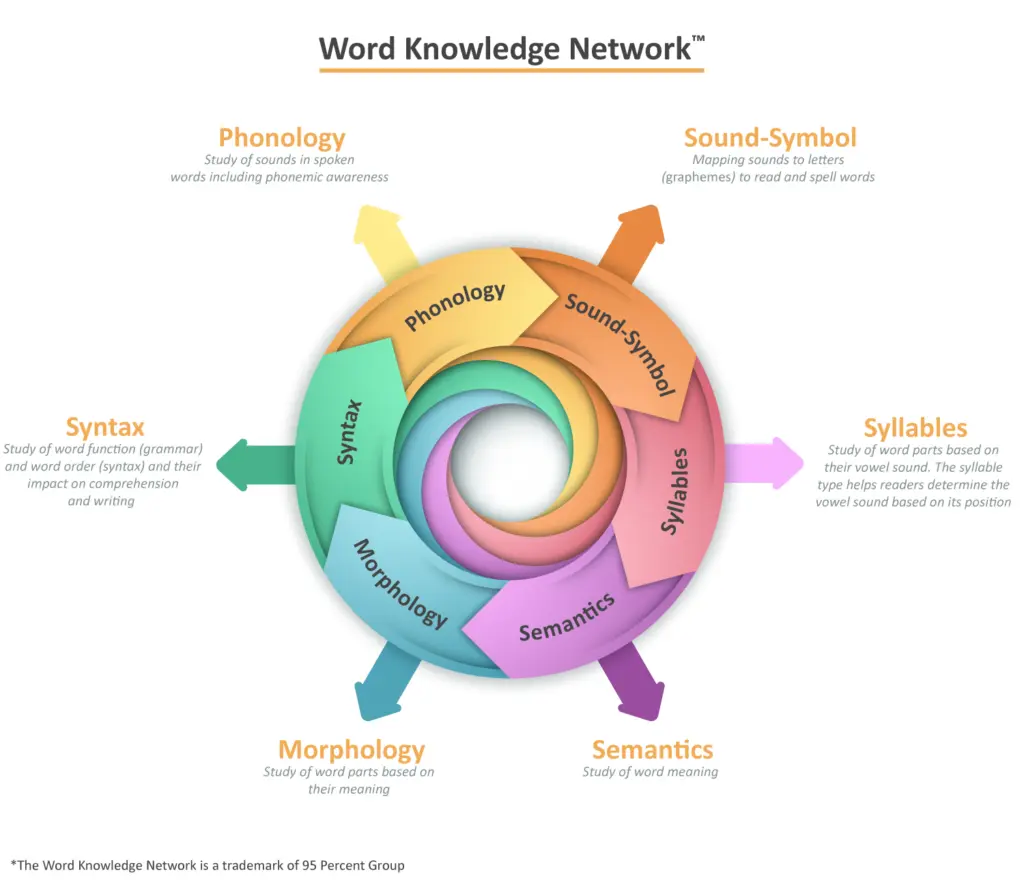Skill Explainer
2. What Do My Students Need to Know About a Word?
Vocabulary Skill Explainer

With your help, we can improve literacy instruction in every classroom. Support Reading Universe!
Reading Universe is made possible by generous support from Jim & Donna Barksdale; the Hastings/Quillin Fund, an advised fund of the Silicon Valley Community Foundation (opens in new window); the AFT (opens in new window); the Emily Hall Tremaine Foundation (opens in new window); and three anonymous donors.